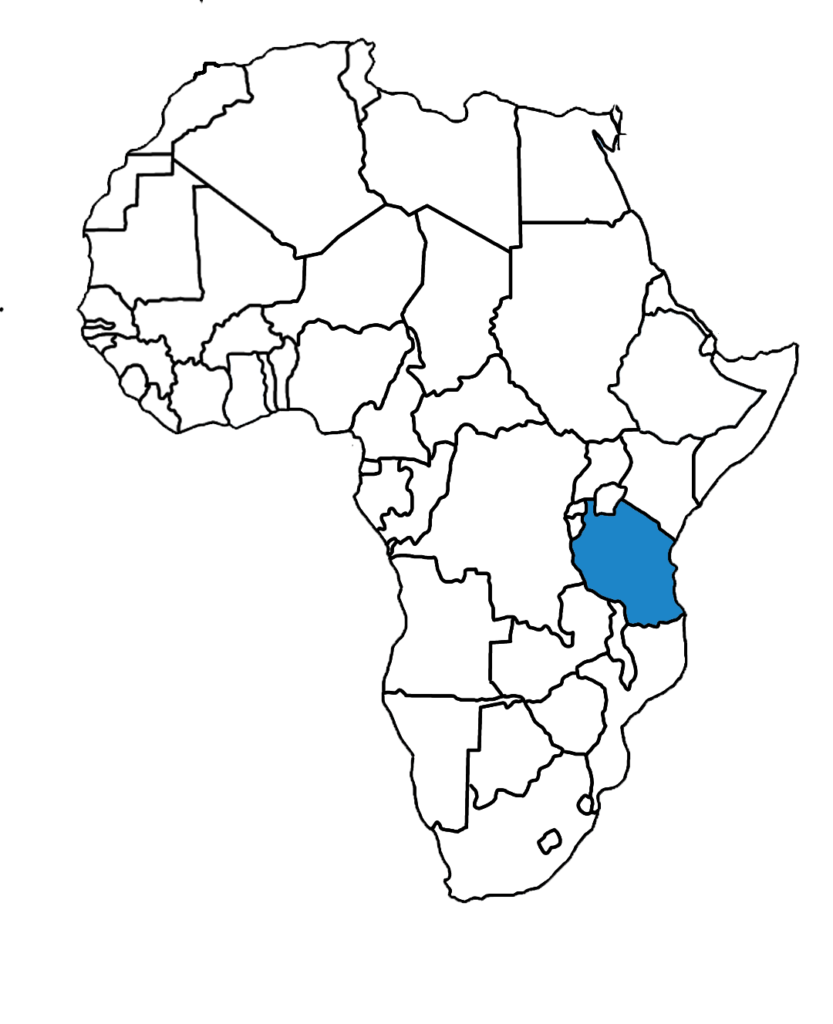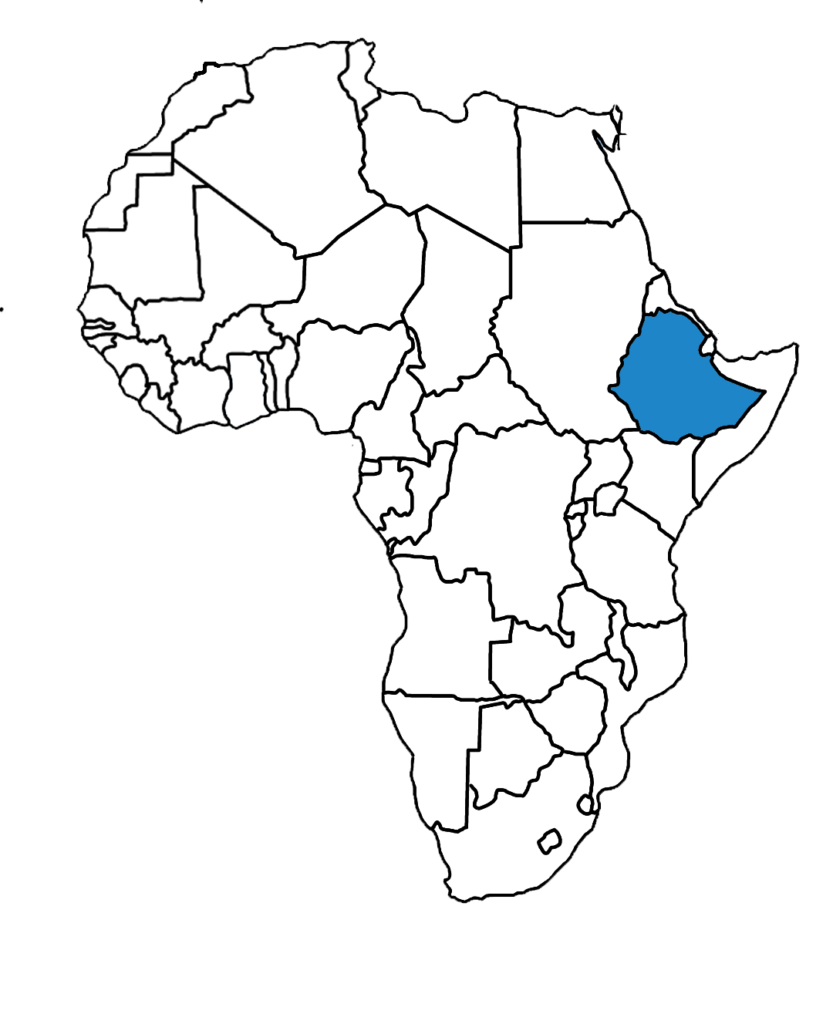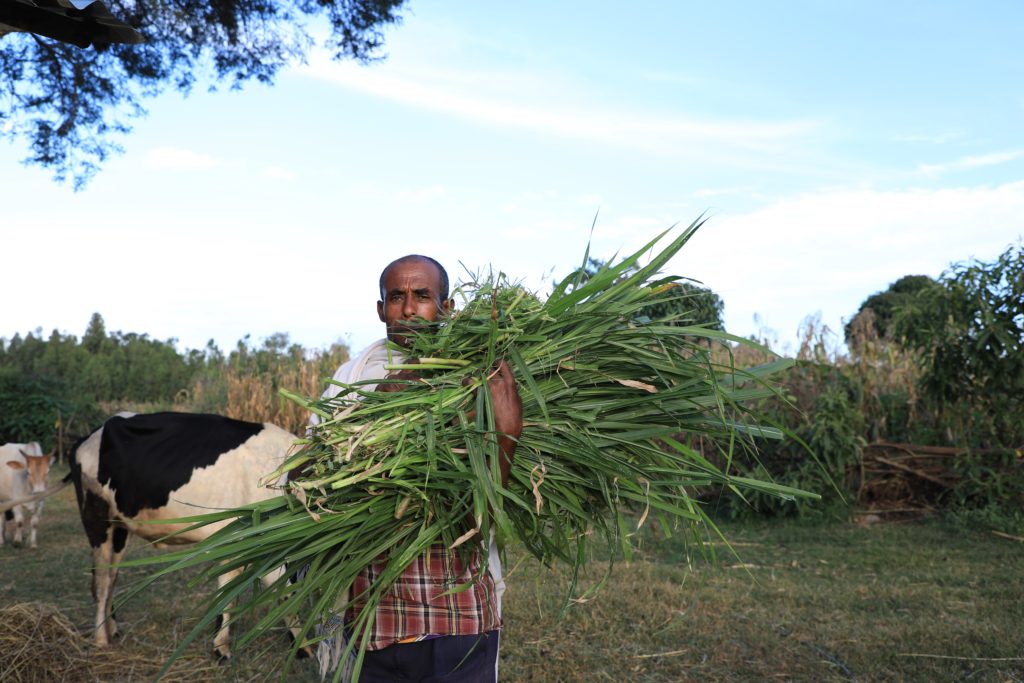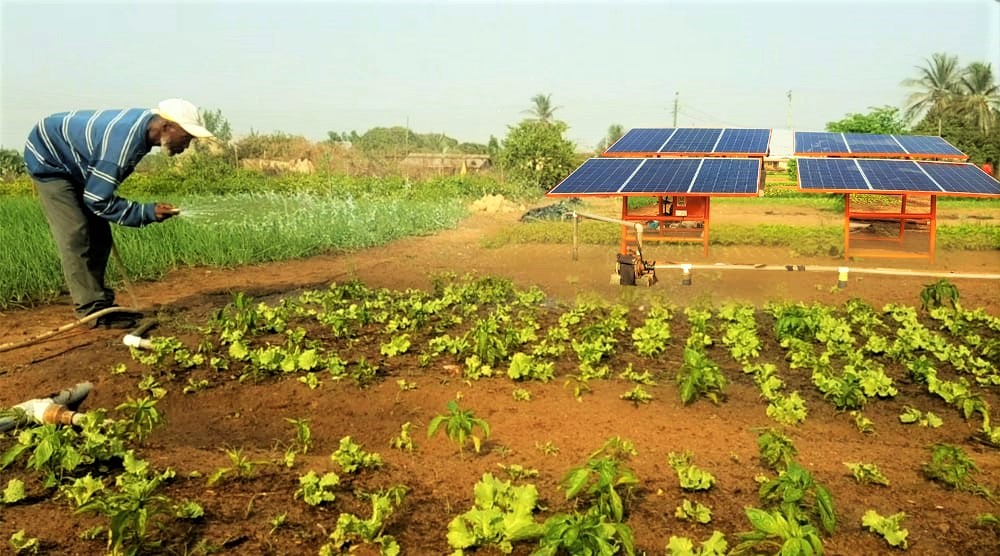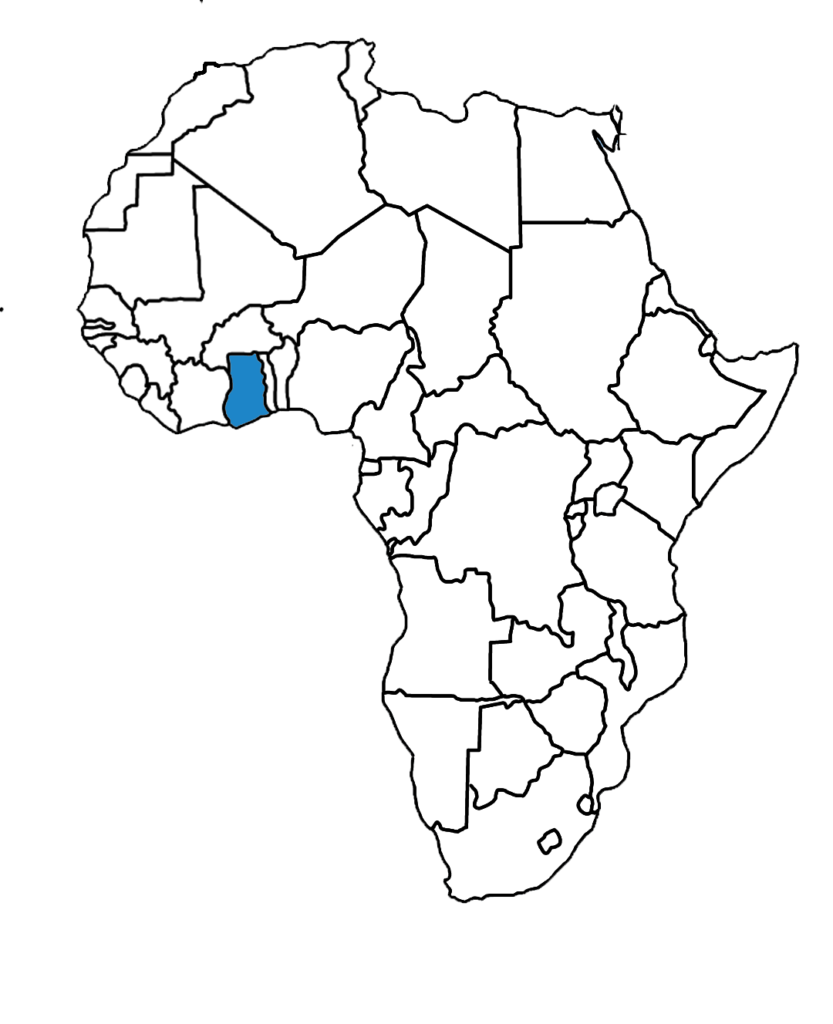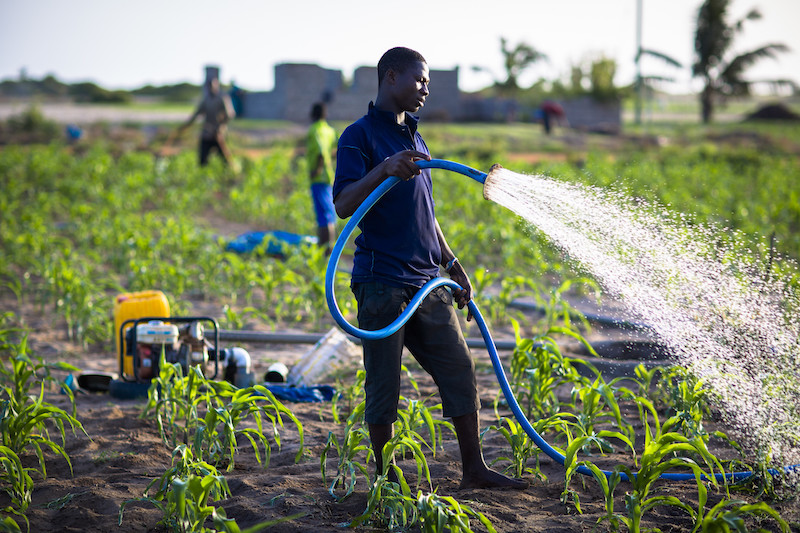- Report on Strengthening water governance and collective action through groundwater games
- Report on Improving food security, income generation, and gender equity through solar irrigation
- Report on Climate change, water resources, and irrigation sustainability
- Report on Small-scale irrigation’s contributions to increased income, economic growth and market opportunities
- Report on Nutrition and Small-Scale Irrigation
- Report on Gender inclusion in small-scale irrigation
- Report on Fodder production irrigated value chain
- Report on Strengthening capacity for sustainable irrigation management and markets
- Report on Improving smallholder women farmers’ access to finance for small-scale irrigation technologies
See some of our earlier briefs below:
- ILSSI Brief on Gender
- Irrigation et gestion de l’eau tenant compte de la nutrition
- Exploring small scale irrigation-nutrition linkages
- ILSSI Nutrition Brief
- Suitability for farmer-led solar irrigation development in Mali
- Assessing the potential for sustainable expansion of small-scale solar irrigation in Ségou and Sikasso, Mali
- Evaluation du potentiel d’expansion durable de l’irrigation solaire à petite échelle à Ségou et Sikasso, Mali
- ILSSI Brief on Private Sector Engagement
- Identification of Areas Suited for Fodder Production in Ethiopia
- Simulated Economic and Nutrition Impacts of Irrigated Fodder and Crossbred Cows on Households in Lemo Woreda of Ethiopia
- ILSSI Brief on Water Resources
- Estimating Water Resource Availability to Produce Livestock Fodder in the Rainfed Agricultural Land in Ethiopia Using Small Scale Irrigation
- Preliminary Economic Impacts Assessment of Tariff Reduction on Water Lifting Technologies in Ethiopia
- Irrigated Fodder Opportunities for Small Scale Irrigators in Ethiopia
- Irrigated Fodder in Northern Ghana
- Fact sheet on ILSSI activities in Ghana
- ILSSI Brief on Economic Growth
- Considering Gender When Promoting Small-Scale Irrigation Technologies – Guidance for inclusive irrigation interventions
- Promoting Gender Equality in Irrigation
- ILSSI Approach to Gender as a Cross Cutting Issue
- Ghana Country Brief
- Ethiopia Country Brief
- Tanzania Country Brief

